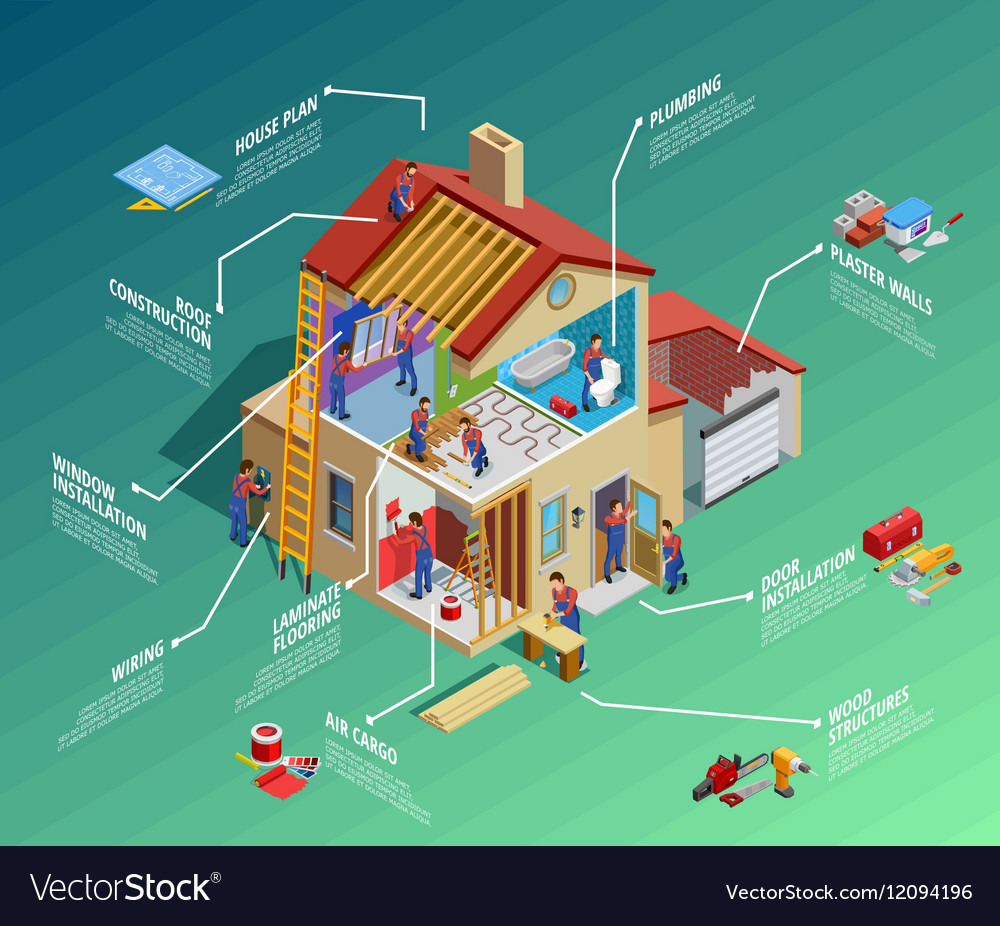How To Budget For Your Floor Covering Project: A Practical Overview
How To Budget For Your Floor Covering Project: A Practical Overview
Blog Article
Staff Author-Elgaard Blanton
When you're preparing a floor covering project, budgeting isn't just about picking a number; it has to do with understanding what you absolutely need and the expenses involved. You'll intend to assess your certain requirements, study different materials, and anticipate unanticipated expenses. Think about just how variables like room purpose and setup approaches can affect your budget plan. However before you jump in, there are some critical information you might neglect that can substantially influence your overall costs. Let's explore how to navigate these intricacies and guarantee your job stays on track.
Assessing Your Floor Covering Demands
Prior to diving right into your flooring project, it's vital to assess your floor covering needs. Start by thinking about the certain areas where you plan to install new floor covering. Consider the function of each room. For instance, kitchens and bathrooms need waterproof materials, while living locations could take advantage of convenience and aesthetic appeals.
Next, review the status quo of your floorings. Exist any kind of structural issues, such as unequal surface areas or wetness issues? Addressing these problems beforehand can save you time and money down the line.
Likewise, remember of the dimensions of each area to identify how much floor covering you'll require.
Do not neglect to consider your way of living. If you have pet dogs or young youngsters, toughness could be your top priority, while a more formal area may ask for an extravagant coating. Additionally, think about your design choices. Do you like a timeless appearance, or are you drawn to contemporary designs?
Lastly, be simply click the up coming site concerning how much maintenance you agree to dedicate to. Some materials call for more upkeep than others. By comprehending your needs plainly, you'll be better geared up to make enlightened options as you move forward with your floor covering task.
Estimating Costs and Products
Approximating costs and products is an essential action in your floor covering job that can significantly influence your overall budget plan. Beginning by gauging your room accurately to determine how much floor covering you'll need. For the majority of materials, you'll discover pricing by square foot, so accumulate quotes from numerous providers to obtain a reasonable figure.
Next, think about the type of flooring you want. Choices like wood, laminate, floor tile, or carpeting all included different price factors. Research study the expenses for each and factor in any added materials like underlayment, glue, or change strips.
Do not neglect to consist of devices if you're intending a do it yourself installation, as renting out or purchasing devices can include in your expenditures.
Labor prices are an additional crucial consideration. If you're employing specialists, get price quotes from numerous service providers to guarantee you're obtaining a fair cost. Be clear about the scope of work to avoid unforeseen costs later on.
Last but not least, it's a good idea to allot a tiny percentage of your budget for any type of unanticipated expenses connected to products. By completely approximating your expenses and products ahead of time, you'll set yourself up for a smoother and much more workable floor covering job.
Planning for Hidden Expenditures
Lots of house owners overlook the surprise expenses that can emerge throughout a flooring task, which can bring about budget plan overruns. To avoid this, you require to prepare for possible added prices.
Initially, think about the condition of your existing subfloor. If it's harmed or uneven, you'll likely require fixings or leveling, which can add considerably to your total cost.
Next off, think of removal and disposal costs for your old floor covering. Many service providers charge added for this solution, so element that right into your spending plan.
In addition, don't forget the costs of underlayment, which might not be consisted of in the preliminary quote but are necessary for an effective installation.
You must likewise get ready for unpredicted complications, such as pipes or electric work if your flooring task entails relocating fixtures. It's important to allot at least 10-15% of your overall allocate these unanticipated expenses.
Lastly, keep in mind that authorizations may be required for sure installations. Always check neighborhood policies to stay clear of fines or delays.
Final thought
In conclusion, budgeting for your flooring project is essential for a successful outcome. By examining your requirements, approximating prices, and planning for surprise expenditures, you'll prevent shocks and stay on track. Bear in mind to reserve a part of your budget for unexpected expenses and maintain an in-depth break down of your expenses. With mindful planning and consideration, you'll produce a stunning area that meets your demands without breaking the bank. Happy flooring!
